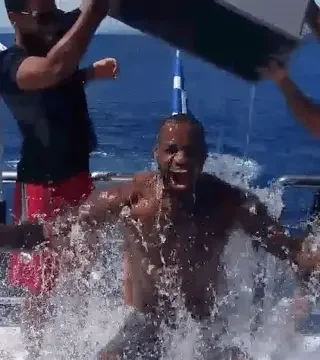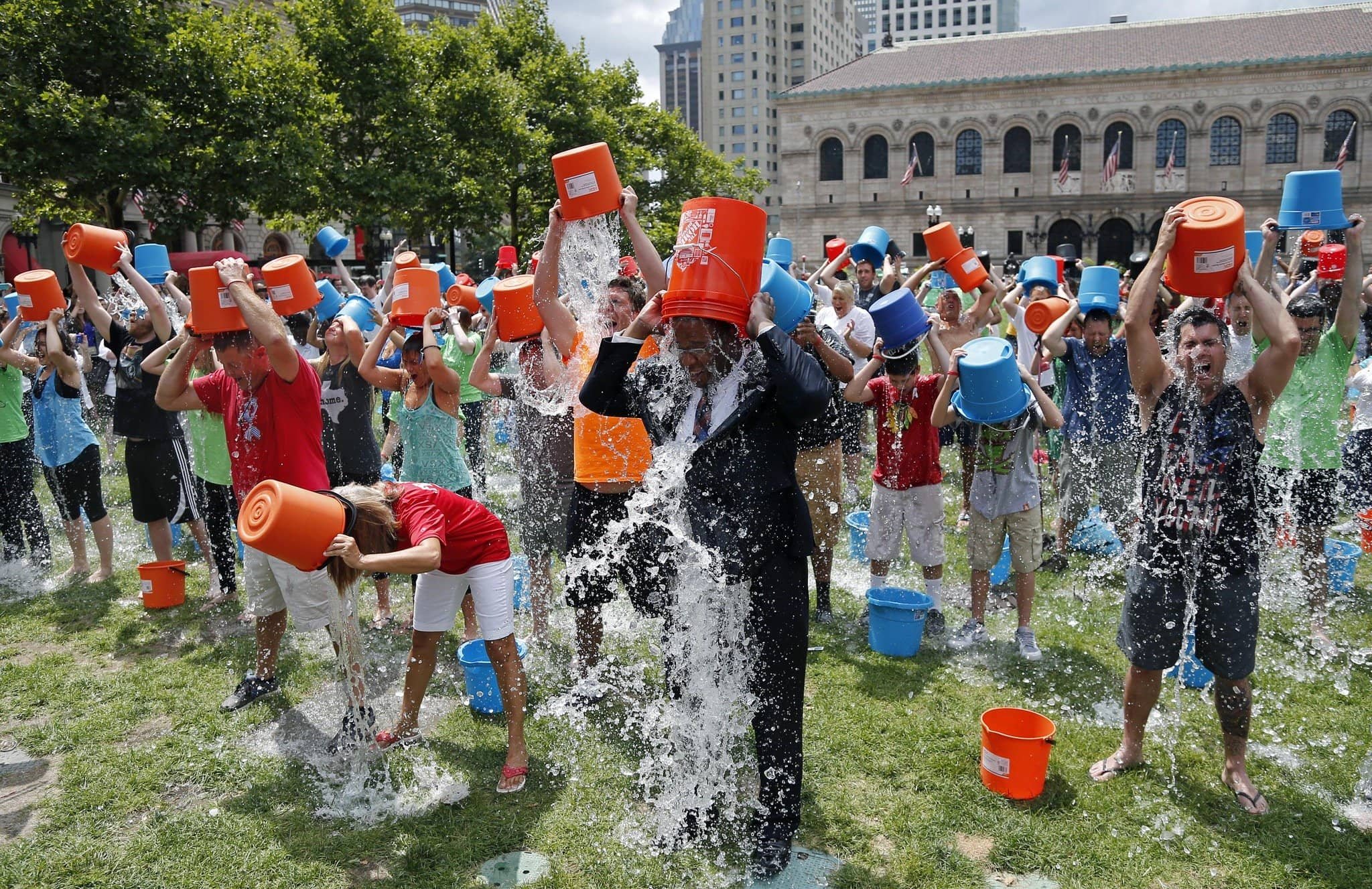ALS Ice Bucket Challenge Explained: A Viral PR Success and Where It Is Today
Summer 2014, a simple online challenge went viral. It totally changed public awareness for Amyotrophic Lateral Sclerosis, also known as ALS. Lou Gehrig's disease is its other name. The ALS Ice Bucket Challenge asked people to pour ice water on their heads. Participants then gave money for ALS research. Next, they nominated friends or family to try it too. This campaign grew from the ground up. The ALS Association gave it major reach as it turned into one of history's biggest public relations successes. Here you’ll learn about its start. We break down its strategy and how it unfolded. You will see the results. We also look at its long-term PR effects. You can use these lessons for your own campaigns.
Three ALS patients created the Ice Bucket Challenge. Pete Frates, Pat Quinn, and Anthony Senerchia were these patients. They were inspired by sports traditions, like Gatorade showers for coaches, they turned it into a way to raise awareness and money for ALS research. Frates played college baseball; he used his sports connections. Quinn used his network in New York. Senerchia gave early support. The challenge took off organically in 2014 with participants filming themselves dumping ice water on their heads. They would then donate money to ALS for research and nominate other people within 24 hours. This peer-to-peer nomination system created a viral chain reaction, starting small but quickly gaining momentum through social media shares.
The ALS Association strategy focused on viral content, celebrity engagement, user-generated content, cross-platform promotion, and emotional appeal. Participants shared videos with the hashtag #IceBucketChallenge, nominating friends and family. The challenge took off and high-profile celebrities like Bill Gates, Oprah Winfrey, LeBron James, and Mark Zuckerburg participated in the challenge. The challenge spreaded rapidly as the everyday users on social media became promoters by uploading over 17 million videos. Videos of the challenge were uploaded on plenty of social media platforms including Facebook, Twitter, and YouTube, making the campaign spread globally. In August 2014, the videos doubled from 1.2 million to 2.4 million in just five days. The financial impact of the campaign was rolling in. Within six to eight weeks, The ALS Association raised $115 million. They had made over the normal annual fundraising donation amount, with the campaign generating over $220 million globally. The funds were used for ALS research, including grants and clinical trials. Patient services, advocacy, and policy efforts were also funded.
The ALS Ice Bucket Challenge changed the way Public Relations by mixing popularity, celebrity influence, and emotional storytelling in one. Mixing those strategies together raised a lot of money in weeks. It started from a simple challenge of dumping ice water and nominating others giving it a peer-to-peer influence and when they share their videos and others it becomes user generated content all over social media. They created a long-term impact with the millions of dollars in grants, follow-on funding, approved drugs, and ALS clinics, and advocacy. When providing a fun with challenges can drive in serious impact into a campaign that sets a blueprint out for the modern and new digital Public Relations, when you do so the world will follow.




